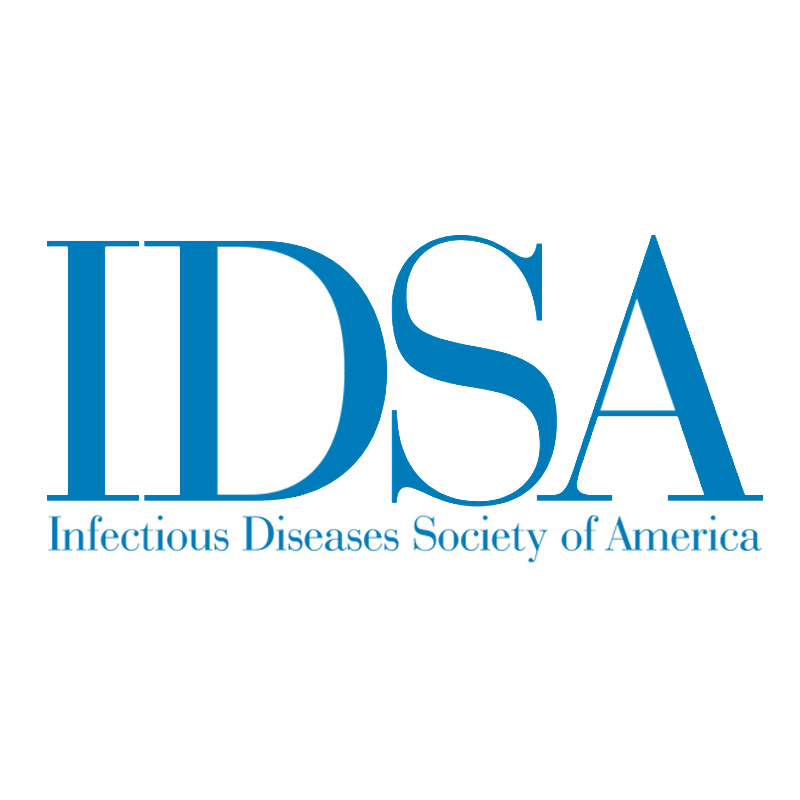Infectious Diseases Society of America - Principles for Action, Pandemic and Seasonal Influenza
IDSA has published (September 2012) an updated set of Pandemic and Seasonal Influenza Principles for United States Action to educate federal policymakers about how best to prepare for and respond to seasonal and pandemic influenza. IDSA's first set of principles was issued in 2007 (see previous version here). IDSA's updated principles rely upon the experience of the 2009 H1N1 influenza pandemic and are intended to assist the U.S. Department of Health and Human Services' (HHS) Assistant Secretary for Preparedness and Response (ASPR) and other agency officials as they establish priorities for implementation of the reauthorized Pandemic and All-Hazards Preparedness Act (PAHPA).
IDSA’s Pandemic and Seasonal Influenza Principles for U.S. Action
These include:
Full pdf: http://www.idsociety.org/uploadedFil...ion%202012.pdf
<object style="position:absolute;z-index:1000" type="application/x-dgnria" id="plugin0" height="0" width="0">
</object>
IDSA has published (September 2012) an updated set of Pandemic and Seasonal Influenza Principles for United States Action to educate federal policymakers about how best to prepare for and respond to seasonal and pandemic influenza. IDSA's first set of principles was issued in 2007 (see previous version here). IDSA's updated principles rely upon the experience of the 2009 H1N1 influenza pandemic and are intended to assist the U.S. Department of Health and Human Services' (HHS) Assistant Secretary for Preparedness and Response (ASPR) and other agency officials as they establish priorities for implementation of the reauthorized Pandemic and All-Hazards Preparedness Act (PAHPA).
IDSA’s Pandemic and Seasonal Influenza Principles for U.S. Action
These include:
- Strengthen Influenza Vaccine Efforts. The widespread use of influenza vaccine should be the central strategy for protecting human health against seasonal and pandemic influenza.
- Enhance Pharmaceutical Availability and Medical Management of Influenza. Developing new influenza antiviral drugs as well as antibacterial drugs must be treated as critical priorities for government action.
- Improve Accuracy and Availability of Diagnostics Tools for Influenza. Influenza shares symptoms with many other illnesses. Better tools are needed to distinguish flu from other diseases quickly and affordably. Such tools need to be accessible for use even in small medical centers with limited resources.
- Strengthen Influenza Communication Strategies. Effective communication is a fundamental element of public health emergency planning and response—officials at the national, state, and local levels must be trained in risk communication and must regularly practice these skills, not just in times of crisis.
- Improve and Better Coordinate Influenza Surveillance. A viable, global early warning system is needed to detect an outbreak of pandemic influenza.
- Evaluate and Refine Influenza Community Mitigation Measures. National guidance on community pandemic mitigation measures should be evaluated and refined in collaboration with key stakeholders and technical experts.
- Build All-Hazard Public Health and Medical Systems Capable of Responding to Seasonal and Pandemic Influenza. Sustainable and robust public health and medical systems that are capable of detecting and then surging to respond to and recover from events are critical.
- Protect the Health Care Workforce During Seasonal and Pandemic Influenza Outbreaks. The success of preparedness and response efforts during an outbreak hinges upon the availability of an adequate and skilled health care workforce. Health care workers (HCWs) must be able to perform their duties both during annual seasonal epidemics and periodic influenza pandemics. HCWs should be prioritized to receive anti-flu drugs and vaccines and should be required to be immunized.
- Continue to Strengthen International Collaboration. The 2009 H1N1 influenza pandemic underscored the reality that a novel virus capable of rapidly spreading around the world could arise anywhere. Vulnerability is universal, and international collaboration must be strengthened for the global community to be optimally prepared for the next, potentially more severe pandemic.
- Allocate Significant and Sustainable Funding for Long-Term Planning and Action. Preparedness and response efforts require essential tools such as public health infrastructure and countermeasures as well as long-term governmental coordination and planning, all of which cannot exist without sustained and sufficient resources and staff. In the long term, continuously funded efforts will be more cost-effective than periodic emergency funding.
Full pdf: http://www.idsociety.org/uploadedFil...ion%202012.pdf
<object style="position:absolute;z-index:1000" type="application/x-dgnria" id="plugin0" height="0" width="0">
</object>
